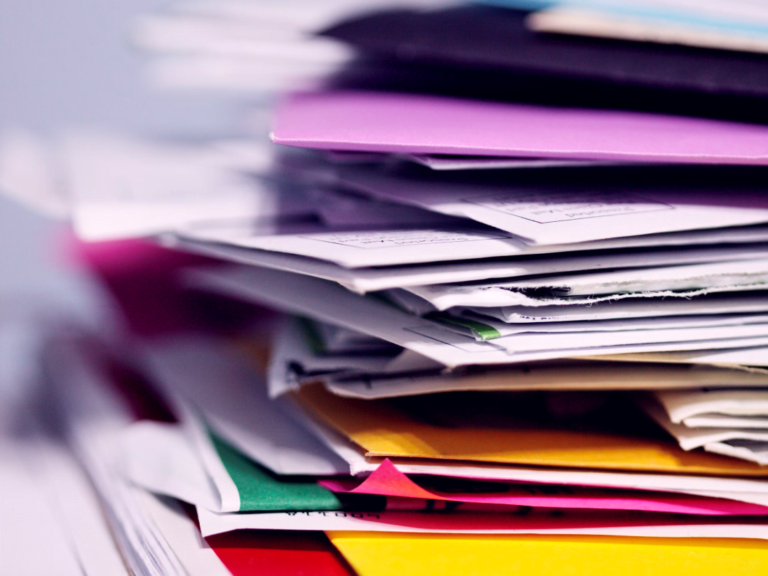Organizing office documents in a small space can be a challenge, but with some thoughtful planning and creative solutions, you can make the most of the available space. Here are some tips to help you organize your office documents effectively:
- Purge unnecessary documents: Start by decluttering and getting rid of any unnecessary or outdated documents. This will help free up space and make it easier to organize what’s left.
- Categorize and sort: Sort your documents into categories based on their type or purpose. Common categories include financial documents, client files, project materials, and administrative paperwork. Organizing your documents by category will make it easier to locate specific files when needed.
- Invest in storage solutions: Look for compact and space-saving storage options that can fit into your small office area. Here are a few ideas:
- File cabinets or drawers: Use vertical file cabinets or drawers with multiple compartments to store your documents. Label each drawer or section clearly to keep track of what’s inside.
- Shelving units: Install shelves on the walls to maximize vertical space. Use sturdy file holders or magazine organizers to store files and folders.
- Wall pockets or bulletin boards: Hang wall pockets or bulletin boards near your workspace to store frequently accessed documents, important notes, or reminders.
- Desk organizers: Utilize desk organizers with compartments and trays to keep essential documents and office supplies within reach.
- Utilize digital storage: Consider digitizing your documents to reduce the amount of physical paper you need to store. Scan important papers and save them on your computer or in cloud storage. Be sure to have a reliable backup system in place to avoid data loss.
- Implement a labeling system: Labeling is crucial to maintain an organized system. Use clear and descriptive labels on folders, boxes, or storage containers. Color-coding can also be helpful for easy visual identification.
- Prioritize accessibility: Keep the documents you frequently access or work on within arm’s reach. Place them in easily accessible drawers or on the top shelf of a nearby bookcase for quick retrieval.
- Create a temporary holding area: Designate a specific area, such as an inbox or a tray, where incoming documents can be placed temporarily until you have time to sort and file them appropriately.
- Regular maintenance: Set aside time periodically to review and declutter your office documents. Remove any outdated or irrelevant files and ensure everything is properly organized.
Remember that every office space is unique, so feel free to adapt these tips to suit your specific needs and available space.



